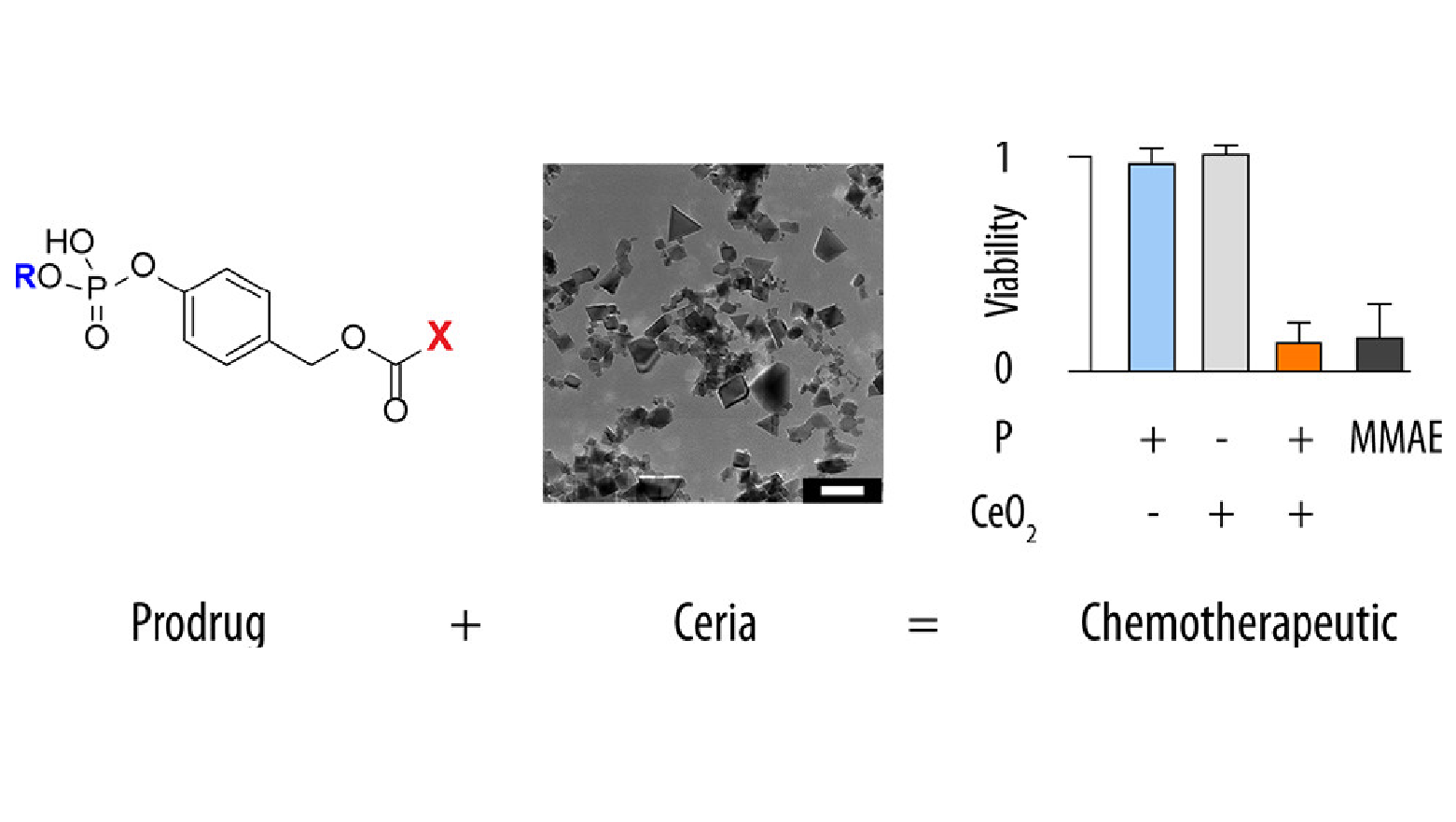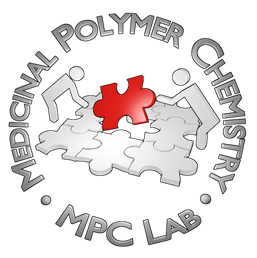Our work “Ceria Nanozyme and Phosphate Prodrugs: Drug Synthesis through Enzyme Mimicry” has been published in ACS Applied Materials & Interfaces.
Nanozymes can mimic the activities of diverse enzymes, and this ability finds applications in analytical sciences and industrial chemistry, as well as in biomedical applications. Among the latter, prodrug conversion mediated by nanozymes is investigated as a step toward site-specific drug synthesis, to achieve localized therapeutic effects. In this work, we investigated a ceria nanozyme as a mimic to phosphatase, to mediate conversion of phosphate prodrugs into corresponding therapeutics. To this end, the substrate scope of ceria as a phosphatase mimic was analyzed using a broad range of natural phosphor(di)esters and pyrophosphates. Knowledge of this scope guided the selection of existing phosphate prodrugs that can be converted by ceria into the corresponding therapeutics. “Extended scaffold phosphates” were engineered using self-immolative linkers to accommodate a prodrug design for amine-containing drugs, such as monomethyl auristatin E. Phosphate prodrugs masked activity of the toxin, whereas prodrug conversion mediated by the nanozyme restored drug toxicity, which was validated in mammalian cell culture. The main novelty of this work lies in the rational pairing of the ceria nanozyme with the existing and the de novo designed “extended scaffold” phosphate prodrugs toward their use in nanozyme–prodrug therapy based on the defined nanozyme substrate scope.

